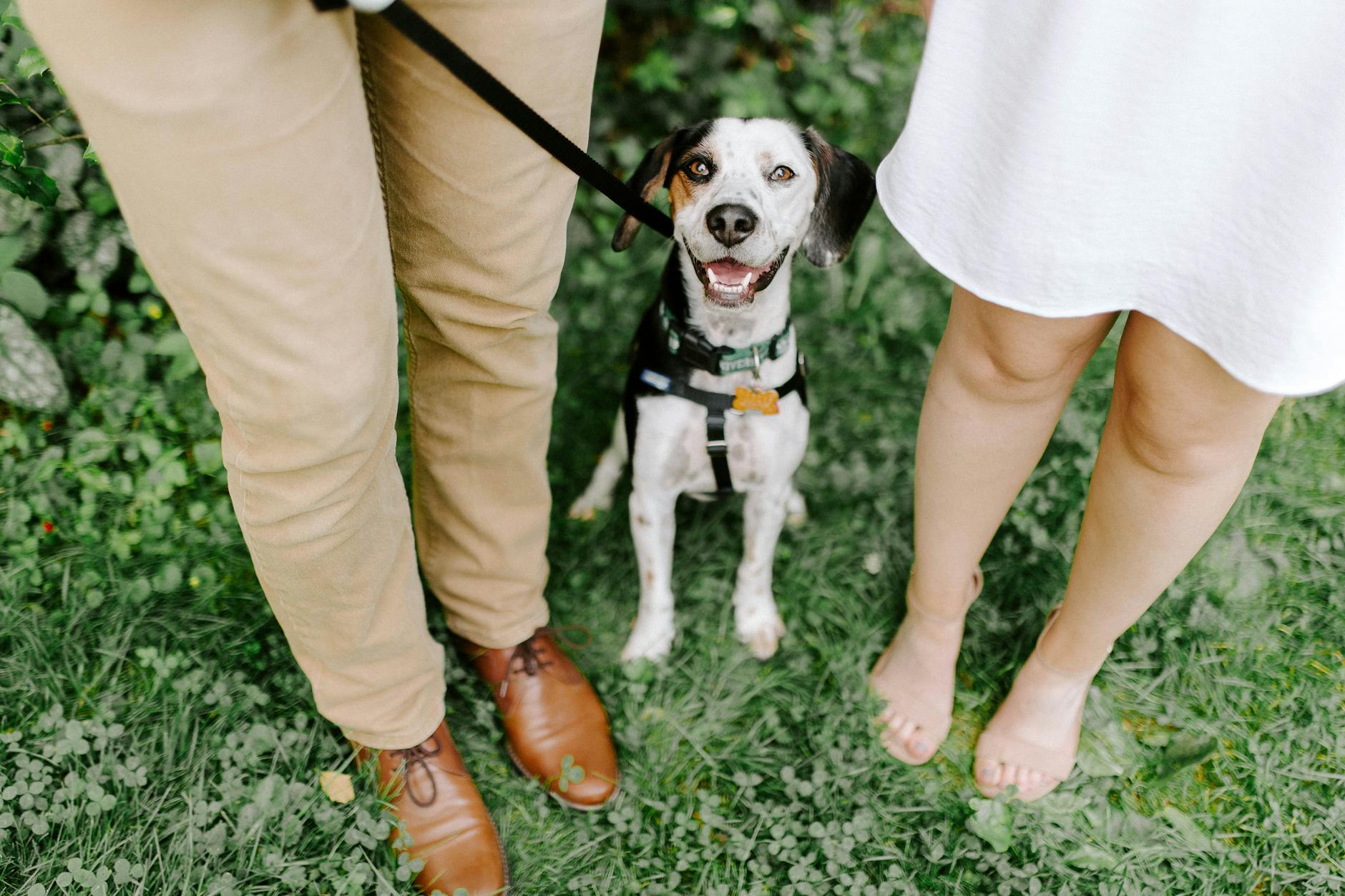Pro Tips: Ace Gun Dog Training Sessions

Gun dog training is a challenging yet rewarding endeavor that calls for patience, consistency, and the development of a strong bond between the handler and the dog. Whether you're training a dog for hunting or competition, honing their obedience, tracking, and retrieving skills is crucial. Here are some expert techniques and tips to help elevate your training sessions and ensure your pooch becomes a top-notch gun dog.
Understanding the Breed
Before diving into training, it's essential to understand the breed of your dog. Different breeds have various aptitudes and temperaments, which can affect their response to training. Selecting the right breed for your particular hunting style and training accordingly will give you a solid foundation to work from.
Establishing Basic Obedience
The core of gun dog training is rooted in rock-solid obedience. Start with essential commands such as "sit," "stay," "come," and "heel." Ensure your dog reliably responds to these commands, no matter the environment or distractions.
Consistent Training Sessions
- Implement daily training sessions.
- Keep the sessions short and focused (15-20 minutes for puppies, 30-40 minutes for older dogs).
- Always end on a positive note to keep your dog motivated.
Improving Tracking Skills
A good gun dog must be able to follow a scent trail to retrieve the game. To develop this skill:
- Begin with simple "find it" games using treats or toys.
- Progress to laying a scent trail with game birds or scented dummies.
- Practice in various terrains and weather conditions to challenge your dog's abilities.
Enhancing Retrieving Skills
Retrieving is a crucial skill for any gun dog, and it must be encouraged from a young age.
- Start with short retrieves using a dummy or a ball.
- Gradually increase the distance as your dog's confidence grows.
- Use canvas or feather dummies to simulate game birds.
Using Training Aids Wisely
Consider training aids such as whistles, e-collars, or bird launchers. These tools can be beneficial when used correctly.
- Whistles are great for long-distance control.
- E-collars can be used to reinforce commands, especially in high-drive situations.
- Bird launchers can simulate real hunting scenarios.
Introducing Gunshots
Introducing your dog to gunshots is critical to prevent gun shyness.
- Start with distant sounds and gradually bring them closer as your dog becomes comfortable.
- Associate the sound with positive experiences, such as feeding or play.
- Ensure your dog is fully relaxed before gradually increasing the volume and proximity of the shots.
Health and Nutrition
A healthy dog is a responsive and alert gun dog.
- Provide a balanced diet tailored to your dog’s age, size, and energy requirements.
- Regular vet checkups are essential to catch any issues early.
- Keep your dog fit with regular exercise, not just during hunting season.
Patience and Positive Reinforcement
Patience cannot be overstated in gun dog training. Dogs learn at different rates, and it's vital to recognize and celebrate small victories.
- Use positive reinforcement to encourage desired behaviors.
- Avoid negative experiences that could hinder your dog's progress.
Troubleshooting Common Problems
Recognize and address common training problems early.
- For distraction issues, reduce the training environment's complexity until your dog masters the command.
- For retrieving reluctance, revisit basic retrieves and ensure they’re fun.
- For lack of response to the whistle, practice in a controlled environment without distractions.
Conclusion
Mastering gun dog training requires time, effort, and commitment. By understanding your dog's breed, mastering basic obedience, enhancing tracking and retrieving skills, and using training aids wisely, you will be on your way to successful gun dog training sessions. Remember the importance of health and nutrition, maintain patience, use positive reinforcement, and always address any training problems swiftly. Elevate your training approach today, and watch your gun dog's skills soar to new heights.